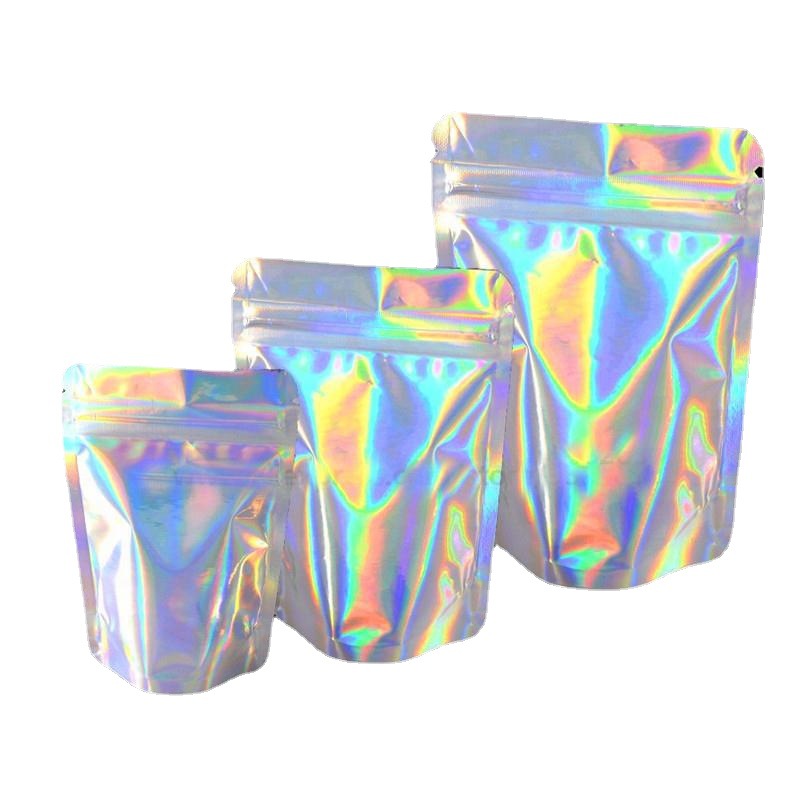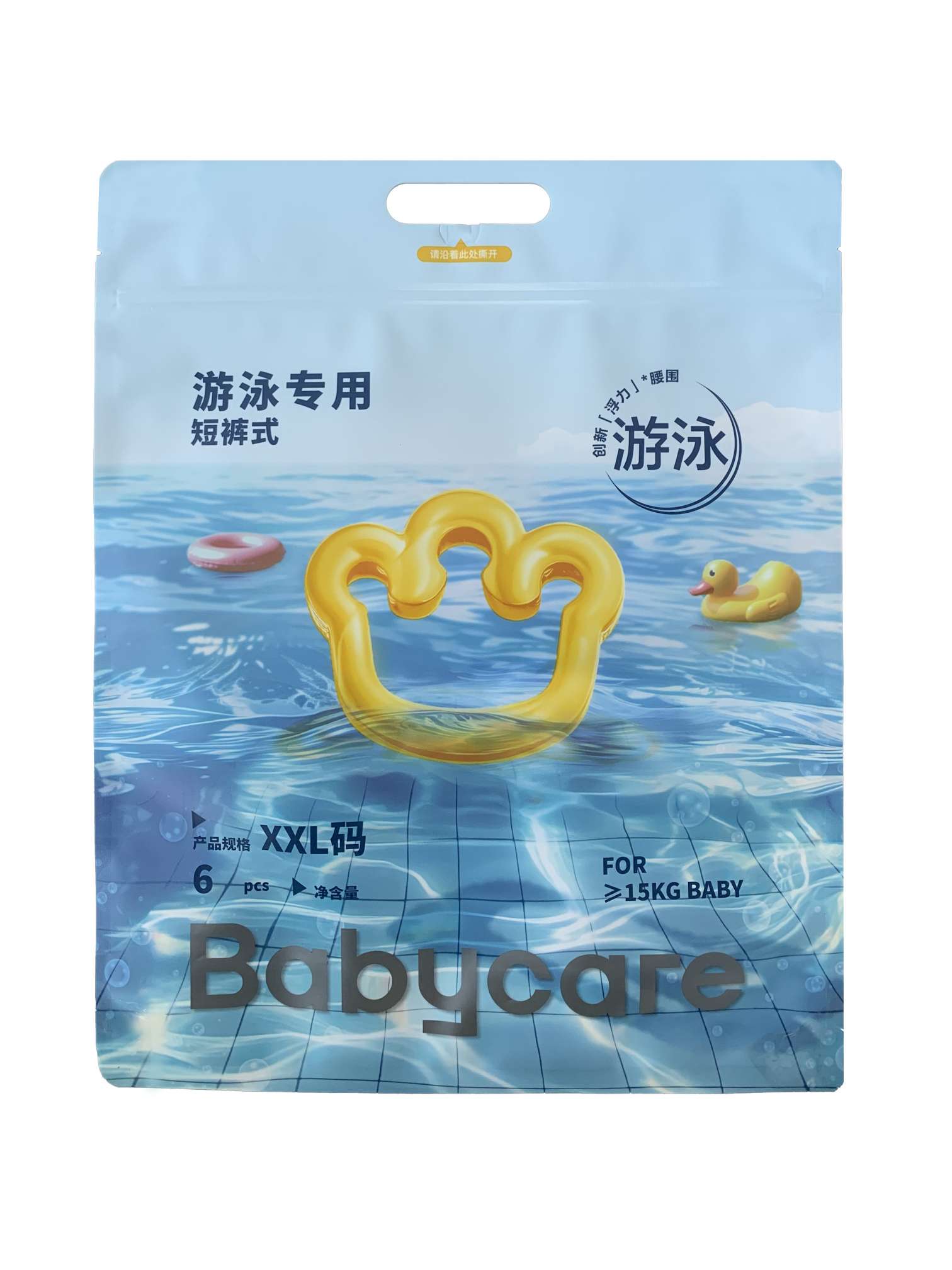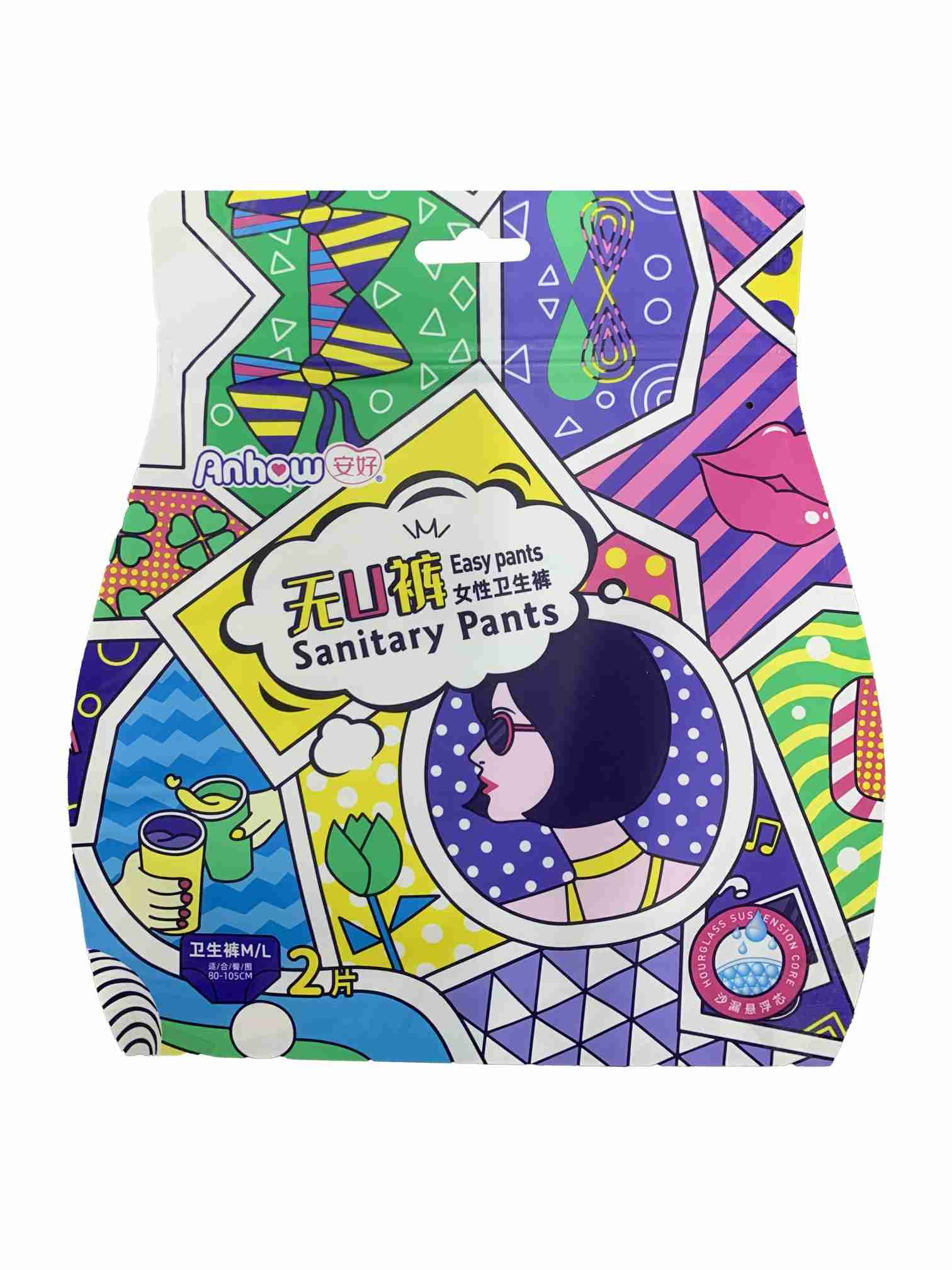Author:Tansox Packaging Poly Bags Manufacturer TIME:2025-04-25
Designing resealable custom bags can significantly improve the user experience by offering convenience, freshness, and portability. These bags are commonly used for packaging various products, from food and beverages to cosmetics and electronics. The process of designing a resealable custom bag involves several key considerations, including material selection, sealing mechanisms, aesthetics, and functionality. Whether you're a business owner looking to create a custom bag for your products or a designer exploring packaging solutions, understanding the crucial aspects of resealable bag design is essential for success. In this article, we will walk you through the step-by-step process of designing resealable custom bags that meet both functional and aesthetic needs.

Before diving into the design process, it's important to understand why resealable bags are valuable. Resealable bags offer a high level of convenience for consumers by allowing them to open and close the bag multiple times without compromising the integrity of the contents. These bags are commonly used in packaging perishable items such as snacks, frozen foods, and cosmetics. The resealability feature ensures that products remain fresh and secure, even after multiple openings. This added functionality is also eco-friendly, as it reduces the need for multiple packages or plastic wraps, promoting sustainability in packaging design.
The material chosen for your custom resealable bags plays a critical role in their performance and durability. Different materials provide different benefits, so it's essential to select one that aligns with the nature of the product being packaged. For food items, materials like polyethylene (PE) or polypropylene (PP) are common due to their excellent moisture resistance and flexibility. These materials are also cost-effective and provide the durability needed for frequent use. For products requiring extra protection, such as electronics or pharmaceuticals, you might consider using laminated materials or multi-layered bags that provide enhanced barrier properties to protect from air, moisture, and contaminants.
In addition to the functional benefits, material selection also affects the bag's appearance and branding potential. Materials such as high-quality kraft paper or biodegradable films offer a premium look while supporting eco-conscious initiatives. If sustainability is a priority for your brand, choosing materials that are recyclable or compostable can resonate well with environmentally conscious consumers. Ensure that your material is compatible with the sealing mechanisms you plan to use, as certain materials may not work well with specific types of resealable closures.
One of the key elements of a resealable bag is the closure mechanism. The type of reseal closure you choose will impact both the bag's functionality and user experience. There are several types of resealable closures commonly used in custom bag design, including zipper seals, slide seals, and adhesive strips. Each type of closure offers distinct benefits depending on the product type and target audience.
Ziplock or zipper seals are among the most popular choices for resealable bags. They provide a secure and convenient closure that users can easily open and close with one hand. Zipper seals are typically made from flexible plastic material and come in various sizes to suit different bag dimensions. For higher-end products, you might consider adding a press-to-seal zipper or a tamper-evident feature to enhance the security of the bag.
Slide seals are another option that involves a track system to close the bag. These seals are smooth and easy to operate, making them ideal for packaging items like snacks or clothing. Slide seals may be less secure than zipper seals but can be an attractive choice for consumers who prioritize ease of use.
Adhesive strips are a simpler form of resealable closure and are often used for lightweight packaging. These strips are typically coated with a pressure-sensitive adhesive that creates a temporary seal when pressed together. This type of closure is ideal for one-time use or for packaging smaller quantities of products.

The visual design of your custom resealable bag plays a significant role in attracting consumers and reinforcing your brand identity. Your bag’s aesthetic appeal can influence purchasing decisions, so it’s crucial to design packaging that stands out on the shelves. Start by considering the overall look you want to achieve—whether you prefer a clean and minimalistic design or something bold and vibrant that catches the eye.
One of the most important aspects of branding is the logo and label placement. Make sure your logo is prominently featured and easy to spot. You should also include other important information, such as product details, ingredients (if applicable), usage instructions, and expiration dates. To improve the shelf appeal, you might consider using eye-catching colors, patterns, and typography that align with your brand values.
For eco-friendly brands, it's also a good idea to incorporate messaging that highlights your commitment to sustainability. Labels or symbols that indicate recyclable or biodegradable materials can attract environmentally conscious consumers. Depending on your target market, you may also want to include certifications or seals that demonstrate your product meets certain quality or safety standards.

The size and shape of your resealable custom bags should be tailored to the products you are packaging. A good rule of thumb is to select a bag that offers a snug fit, reducing excess air and ensuring the product stays in place. For products like snacks, powders, or small items, a smaller, flat bag may suffice. However, for larger products like clothing, electronics, or bulk items, you may need to design a more substantial bag with extra room to accommodate the product size.
Shaped bags are an excellent option for adding uniqueness to your packaging. Custom-shaped bags can be cut into fun or innovative forms that grab attention, making your product stand out. For example, you can design a resealable bag in the shape of the product itself or create a pouch that fits the contours of an oddly shaped item. Custom shapes can also offer functional benefits, such as easier storage or improved stability on the shelf.
Once you have selected the materials, closure mechanisms, and design elements for your resealable bags, the next step is to create prototypes and conduct testing. Prototyping is an essential step to ensure that your custom bags meet all functional and aesthetic requirements. You can create a prototype with a packaging supplier or manufacturer to see how it performs in real-life scenarios. During testing, assess the functionality of the reseal mechanism, durability of the material, and the overall user experience of the packaging.
It is also essential to test how well the bag holds up during transportation and storage. Depending on the type of product, you may need to ensure that the bag protects against moisture, temperature fluctuations, or physical damage. Conduct tests such as drop tests, seal integrity tests, and shelf life tests to assess the long-term performance of the bag. This step helps to avoid costly mistakes and ensures that your final design delivers a superior product to your customers.
Designing resealable custom bags is a complex yet rewarding process that involves multiple factors, including material selection, sealing mechanisms, branding, and functionality. By focusing on the needs of your target audience and ensuring the packaging provides a practical solution, you can create resealable bags that offer both convenience and durability. Don't forget the importance of aesthetics and how your design can elevate your brand presence in the marketplace. Prototyping and testing are crucial steps to ensure the bags meet the standards and expectations of your consumers. Ultimately, a well-designed resealable custom bag will not only enhance the product's shelf life but also improve the overall consumer experience, leading to increased customer satisfaction and loyalty.